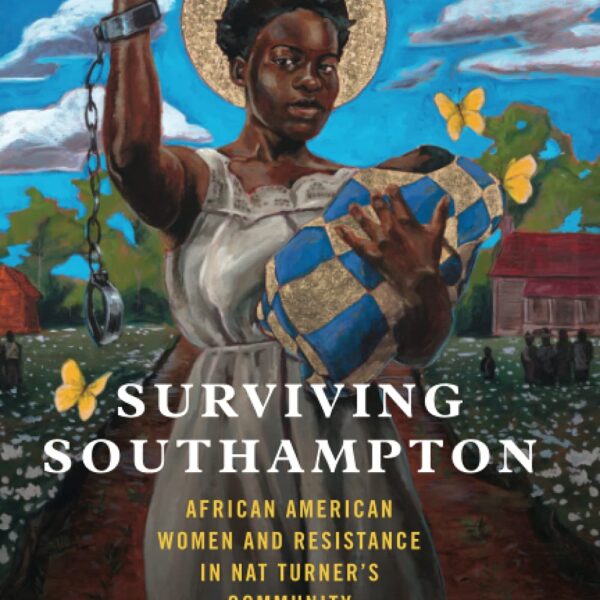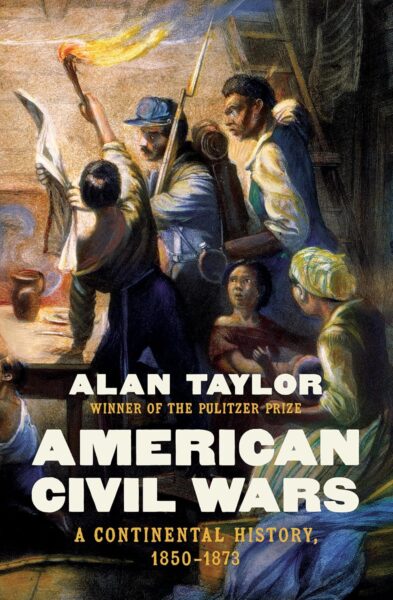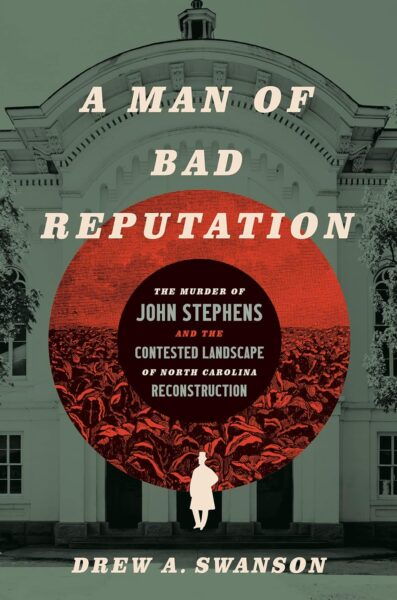Civil War fiction often focuses on battlefield scenarios or romantic tales. The Thin Gray Line offers a new look at the darker side of the war, tracing a Confederate soldier’s adventures as he navigates life and the Southern states after the loss of a limb. The tale moves rapidly, covering memories of some fights in the Western and Eastern Theaters and tracing journeys to Knoxville and Richmond. Author Michael Kenneth Smith has produced a story that creates a chance to reconsider aspects of the American Civil War, including medical trauma, addiction, spies, and race relations.
The main character—Luke Pettigrew—awakes at the beginning of the book to find himself in a remote civilian home with his wounded leg amputated, starting a personal journey of recovery and facing reality as a veteran who will carry a battlefield scar for the rest of his life. A key part of the opening scenes includes Pettigrew’s efforts to create a prosthetic leg that has similarities to an actual prosthetic limb designed by James Hanger, who makes an appearance later in the story. The story includes Pettigrew’s struggles with mental trauma from the battlefields, alternating between his goal to find a purpose and stealing laudanum to dull his pain. These difficulties—overcoming physical injuries and medicinal addictions—faced many Civil War soldiers, and it is significant to see them addressed in this work of fiction.
Spying plays a major role in the story’s plot and perhaps will encourage readers to explore the lives of real spies operating during the conflict. A twist in the tale suggests the idea of double-agents, a subject shrouded in historical mystery.
Smith creates a complex look at race relations in the South during the Civil War and its immediate aftermath. He uses the story to address racist attitudes, the need for equality for all, and several approaches adopted by whites toward African Americans during the war: carelessness, open hostility, and attempted assistance. Pettigrew struggles with the idea of slavery, eventually adopting a belief in racial equality that is admirable; his newfound beliefs become a shaping and saving force in his journey to find peace and meaning.
While there are many interesting historical details woven into this story, historical errors are numerous. The author admits some of the problem points in his notes at the end of the book, including “doctors did not wear white smocks” and spy Sarah Emma Edmonds “did not die during the Civil War and she was not African American.” This leads a reader to wonder why these liberties were boldly taken if they are blatantly incorrect. Other historical problem points including a confused and inaccurate timeline for battles and events, including too many days between Battle of the Wilderness and General J.E.B. Stuart’s death and placing April 2, 1865, on a Saturday (it was a Sunday). Geographical mistakes for towns and other locations are numerous, including problems in Central Virginia with battlefield and town proximities and in the journey to and through the Shenandoah Valley. A number of real historical figures make cameo appearances in the story, sometimes with seemingly mistaken identities or overly dramatic details. The story lacks or misinterprets many of the nuances of Civil War culture, including forms of speech, slavery and freedmen, hospital details, civilians’ knowledge of major surgery, and some aspects of courtship and relationships.
The book offers a humanizing perspective on wounded and sick soldiers, but one of the opening and continuing premises of the book ignores important historical medical facts. Pettigrew’s leg is broken at the Battle of Gettysburg, and he makes the journey home to East Tennessee, presumably alone and without proper medical attention. The probability of that happening seems slight. A man with a broken leg would not be in a condition to take himself hundreds of miles, and a surgeon would not have let him make that journey unaided and untreated from a hospital.
Readers will appreciate Smith’s straightforward writing style, but they may feel puzzled by the occasional tangent into descriptions with large, semi-archaic words that do fit the overall style. The story pacing is quick, sometimes jumping from revelation to revelation without satisfactorily showing how a character processed or reached that noble conclusion in a believable way.
In sum, The Thin Gray Line presents lesser-known aspects of the American Civil War in a fast-paced tale with a character who seems to be always present at legendary event in the Confederate saga.
Sarah Kay Bierle serves as the Managing Editor at Emerging Civil War and has authored four books, including several historical fiction stories.





